Building Wraps
The Rising Popularity of Building Wraps: Enhancing Aesthetics and Utility on Construction Sites
As urban landscapes evolve, the need to maintain the visual appeal of cityscapes has become increasingly important. In cities like London, where historical architecture is deeply woven into the cultural fabric, the challenge of preserving appearances while undertaking essential building maintenance is ever-present. Enter building wraps—a creative and functional solution that’s transforming how construction sites blend into their surroundings.
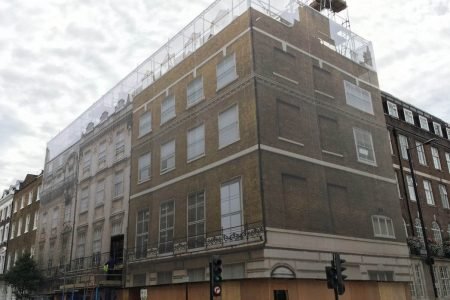
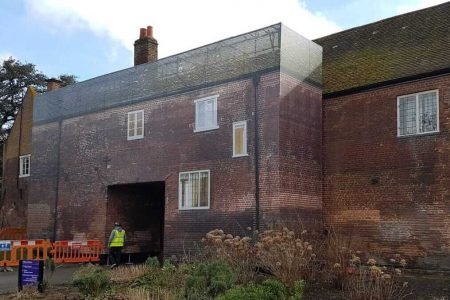
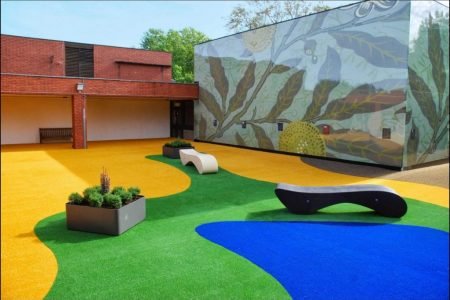
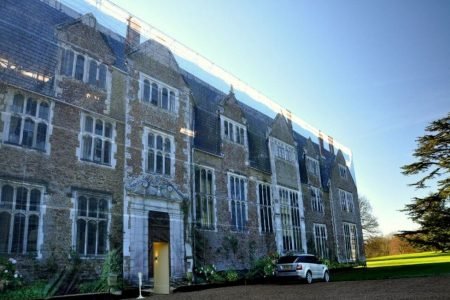
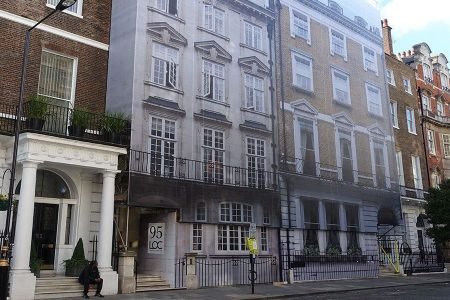
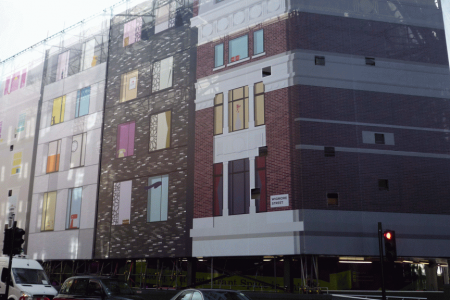
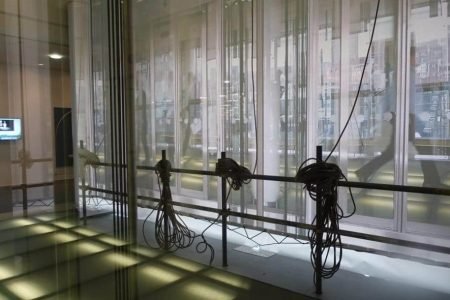
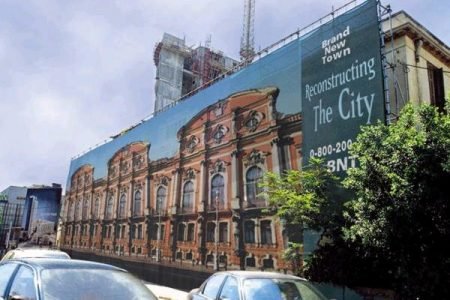
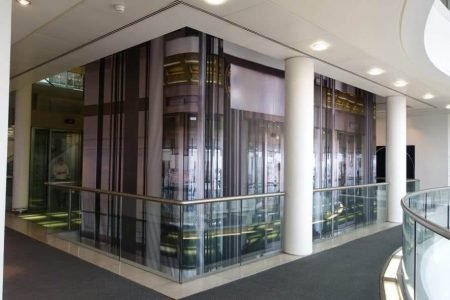
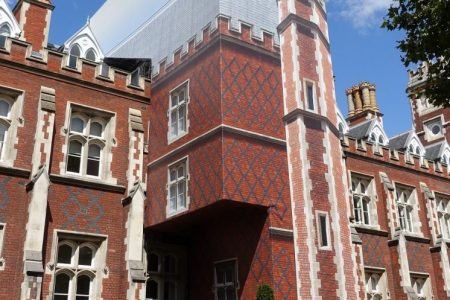
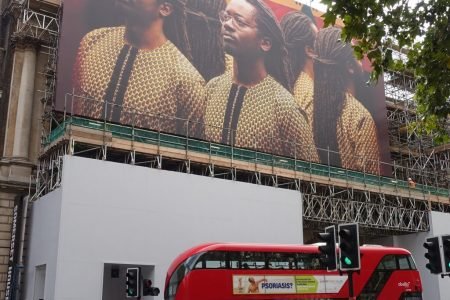
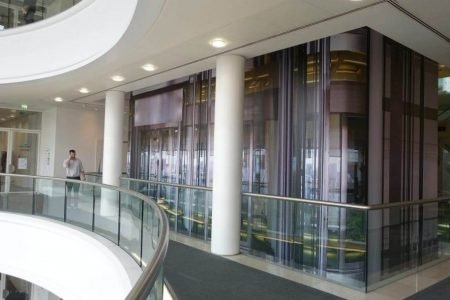
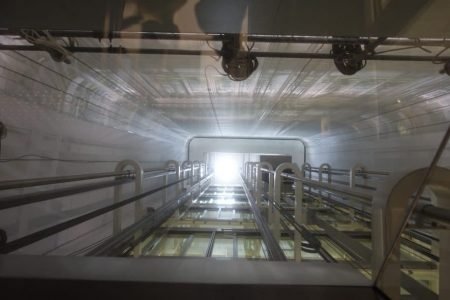
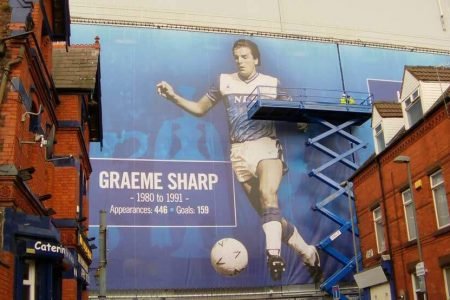
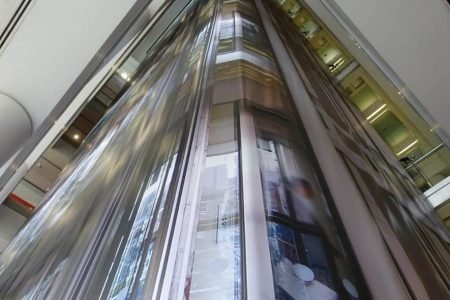
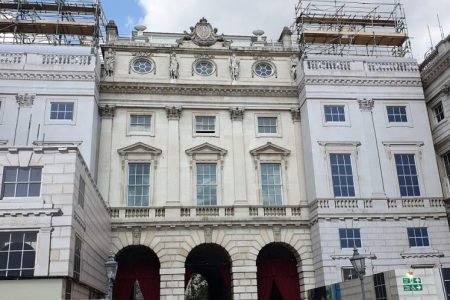
Building Wraps are ideal for hiding scaffolding during construction
Many of London’s older buildings, cherished for their ornate designs and historical significance, require regular upkeep to remain safe and visually appealing. However, the scaffolding erected for repairs and refurbishments often creates an eyesore, disrupting the beauty of the area and frustrating residents and businesses.
Decorative building wraps offer an elegant solution to this problem. By covering the scaffolding with large-scale printed designs, these wraps conceal the unattractive construction site while maintaining harmony with the surrounding environment. Beyond masking unsightly scaffolding, they enhance the community’s perception of the site, signalling that developers and contractors care about their impact on the area.
- A Multi-Purpose Solution
Building wraps go beyond aesthetics; they also serve practical purposes:
- Mitigating Visual Disruption: The most immediate benefit of a decorative building wrap is the reduction of visual disruption. By replicating the building’s façade or featuring an artistic design, wraps help integrate the construction site into the townscape. For conservation areas like much of London, this attention to detail is vital to maintaining the city’s character.
- Reducing Dust and Noise Pollution: Building wraps act as a barrier, helping to contain dust and reduce the transmission of noise. This is particularly valuable in densely populated areas where construction activity can easily disturb residents and businesses.
- Advertising and Marketing Potential: Positioned in high-footfall areas, building wraps double as advertising space. They offer an effective platform for brands or developers to showcase their messaging. However, strict planning regulations in London ensure that advertising wraps strike a balance between utility and preserving the city’s aesthetic integrity.
- Material and Engineering Considerations
The creation and installation of building wraps involve meticulous planning and engineering, ensuring both functionality and safety.
Material Selection: Why Mesh is Ideal
Building wraps are typically made from digitally printed mesh, with sections printed up to five meters wide. This width limitation is due to the size of digital printing machines, but the mesh itself offers distinct advantages:
- Lightweight Design: Mesh weighs approximately 300 grams per square meter (GSM), significantly lighter than solid PVC, which weighs 500 GSM. This reduction in weight is crucial for managing the logistics of installation and ensuring structural safety. For instance, a 14-meter by 40-meter wrap, like one used on Harley Street, would weigh 168 kilograms in mesh compared to 280 kilograms in PVC.
- Ease of Handling: The lighter material simplifies transportation, handling, and installation, especially given the recommended safe lifting weight for one person is just 25 kilograms.
Building wraps: Wind Load and Structural Integrity
One common misconception about mesh wraps is that they allow air to pass through, reducing wind load on the scaffolding. While some air does pass through, strong winds (above 30 mph) can still create a significant load on the structure. The energy from the wind must be absorbed somewhere, making it essential for the scaffolding to be designed to handle these forces.
To ensure safety, scaffold designers must be informed early in the planning process so they can engineer the structure appropriately. Retrofitting scaffolding to accommodate wind load calculations after construction is not only expensive but often unfeasible.
Applications Beyond Traditional Buildings
Building wraps are not limited to traditional structures. They can be installed on a variety of surfaces and shapes, provided the underlying structure is robust enough to bear the wind load. Examples include:
- Fire escapes
- Welfare cabins
- Portable offices
- Lift shafts
PPM excels at designing wraps for unconventional structures, overcoming challenges posed by irregular shapes and dimensions. The installation of sub-frames is often necessary to create a smooth surface for the wrap, protecting it from sharp edges and protrusions on the scaffolding that could damage the material.
Building Wraps for Advertising and Revenue Generation
London’s status as Europe’s most densely populated city makes it a prime location for Out-Of-Home (OOH) advertising. With high footfall in city centres, building wraps serve as a dual-purpose solution: enhancing aesthetics while offering valuable advertising space.
Navigating Advertising Regulations
Advertising on building wraps is subject to stringent planning regulations in London. For instance, any advertising placed above 4.6 meters (3.6 meters in conservation areas) requires planning consent. Local planning authorities often adopt a cautious approach, with the default position being to reject advertising applications unless there is a compelling reason to approve them.
One successful strategy involves combining decorative elements with advertising. By dedicating a larger portion of the wrap to decorative designs and a smaller area to advertising, developers can create a visually appealing site while generating revenue to offset costs. This balanced approach often finds favour with planning authorities.
Avoiding Oversaturation
While advertising opportunities are lucrative, London’s planning rules ensure the city doesn’t emulate places like Hong Kong, where streets are dominated by overwhelming commercial signage. The emphasis remains on preserving the character and charm of the cityscape.
Design: The Key to Success
The success of a building wrap hinges on thoughtful design. Poorly executed wraps can fail to integrate with their surroundings, diminishing their effectiveness. PPM’s expertise ensures every design is tailored to meet the project’s unique needs.
Collaborative Design Process
PPM offers a collaborative design process, working closely with clients to create impactful wraps. Whether working with an in-house design team or providing end-to-end design services, PPM ensures the final product aligns with the client’s vision.
The process often includes:
- Photography and Surveys: Capturing high-quality images of the building—preferably before scaffolding is erected—is essential for accurate wrap designs.
- Trompe l’Oeil Designs: PPM specializes in creating stunning trompe l’oeil effects that replicate building facades with remarkable realism.
Planning for Success for Building wraps
Effective planning is critical to the success of any building wrap project. From initial consultation to installation, PPM emphasizes clear communication and collaboration with all stakeholders, including developers, contractors, and scaffold engineers.
Case Study: Harley Street Wrap
One of PPM’s standout projects involved a decorative building wrap on Harley Street. Covering 14 meters by 40 meters, the wrap not only concealed ongoing construction but also maintained the street’s prestigious aesthetic. The lightweight mesh material, combined with careful engineering, ensured the wrap was both visually striking and structurally sound.
Looking to the Future
As cities continue to grow and evolve, the demand for innovative solutions like building wraps will only increase. They offer a practical and creative way to minimize the impact of construction on urban environments, blending functionality with design.
With advancements in digital printing and materials, the possibilities for building wraps are expanding. From enhanced durability to more intricate designs, the future promises even greater potential for transforming construction sites into visual assets.
Building wraps are more than just a cover for construction sites—they are a statement of care, creativity, and consideration for the community. By reducing visual disruption, mitigating pollution, and offering advertising opportunities, they address multiple challenges while adding value to the urban landscape.
Project Print Management’s expertise in designing, producing, and installing building wraps ensures that every project achieves its full potential. Whether it’s a decorative wrap for a historical building or a marketing-driven wrap in a bustling city centre, PPM continues to lead the way in transforming construction sites into works of art
